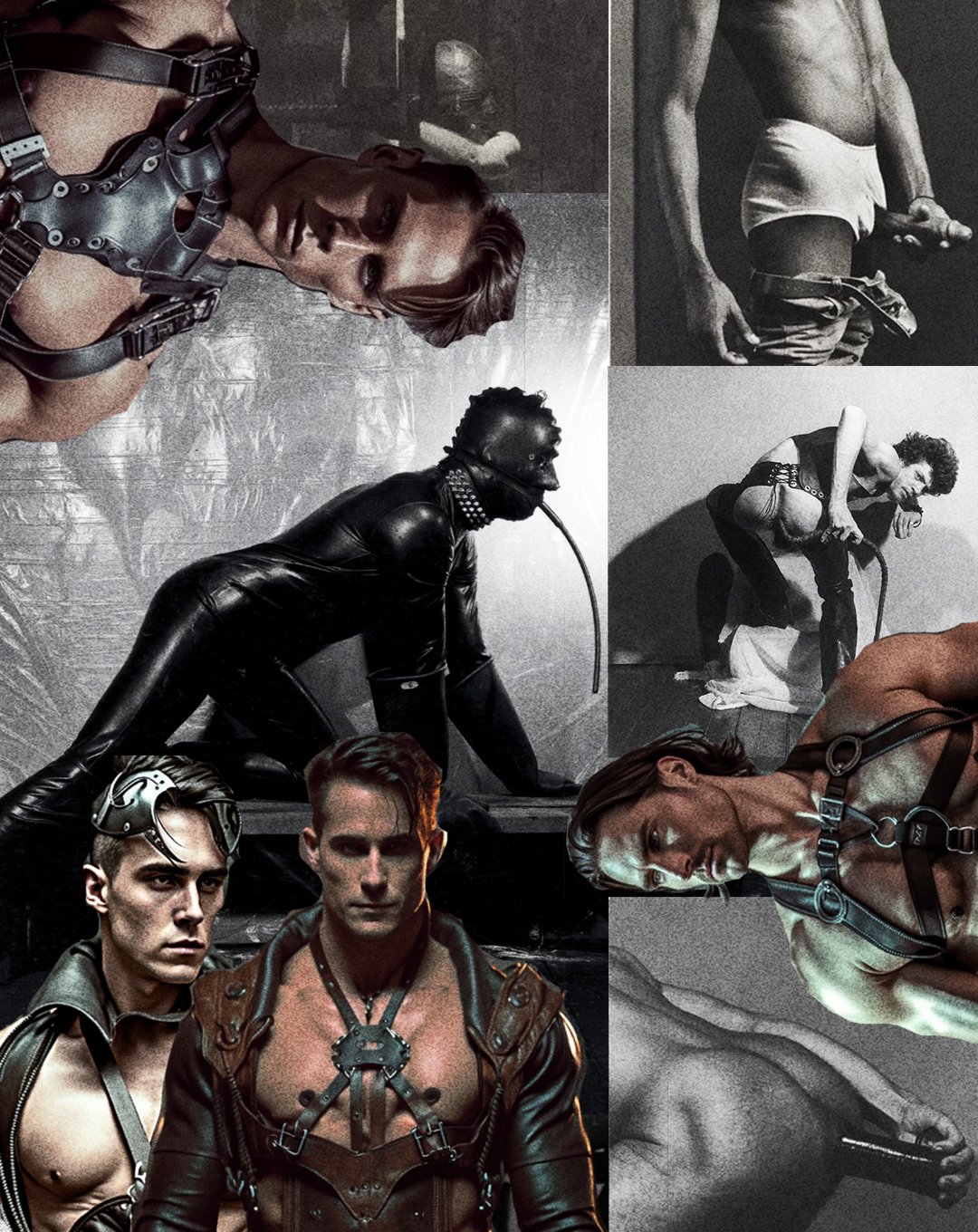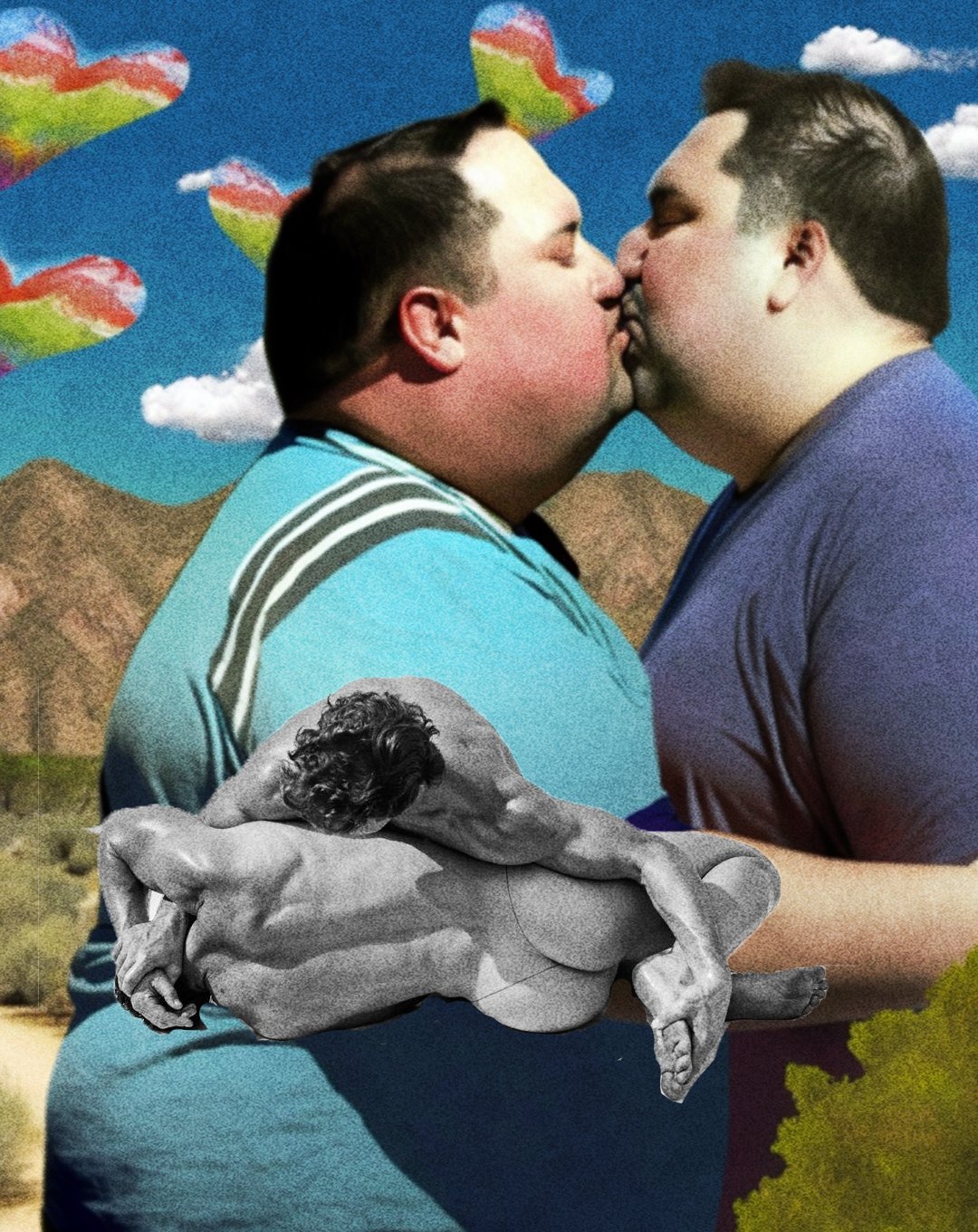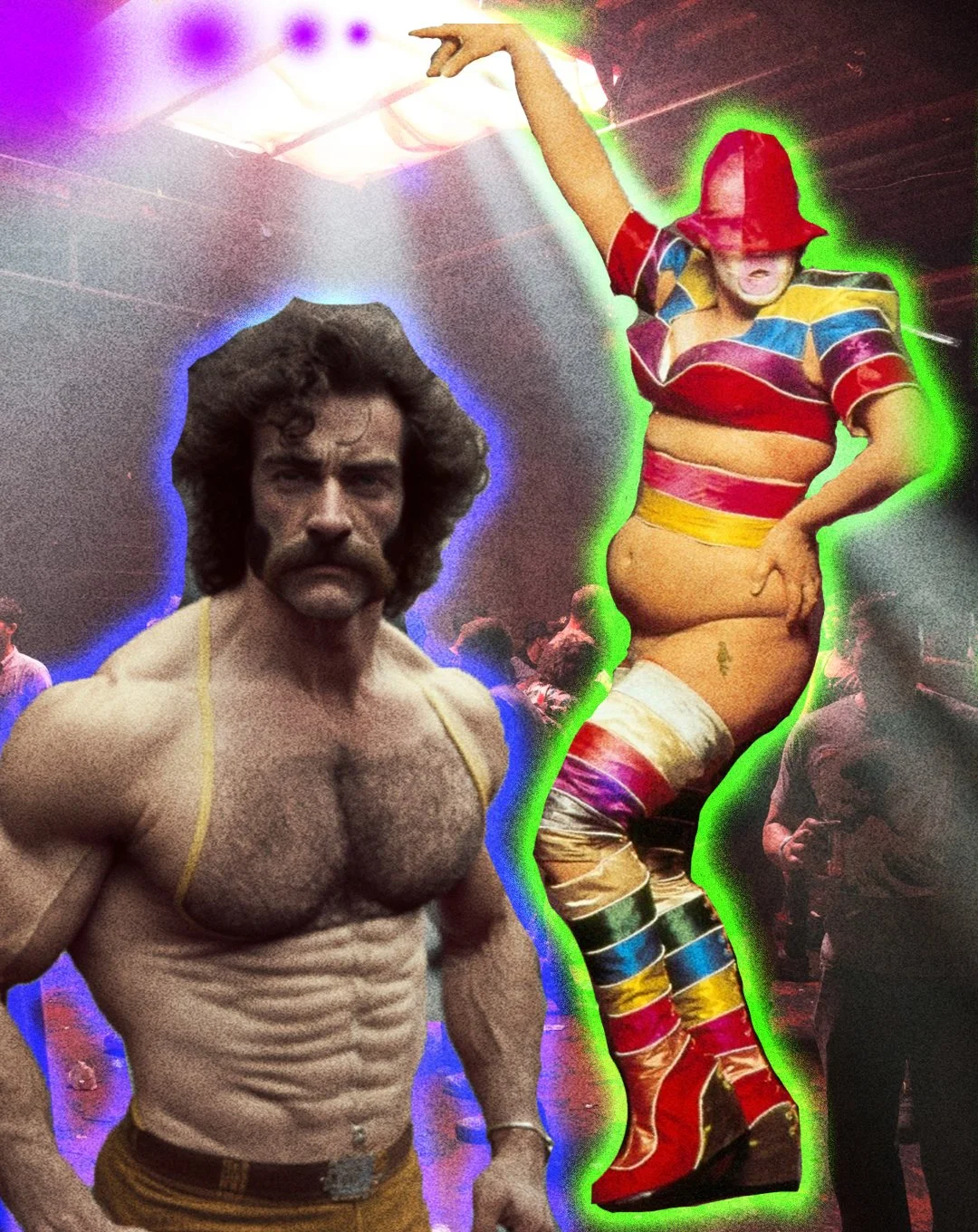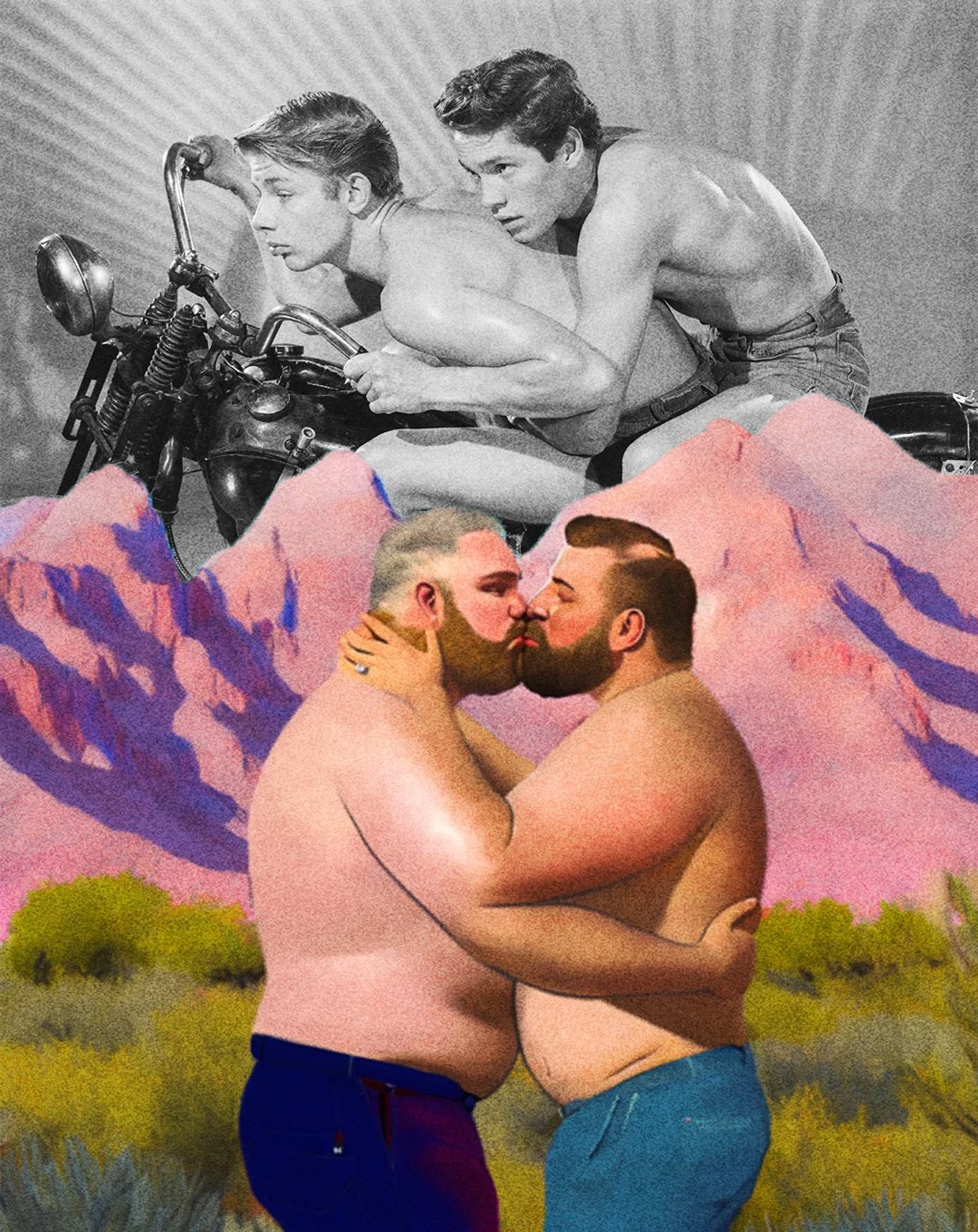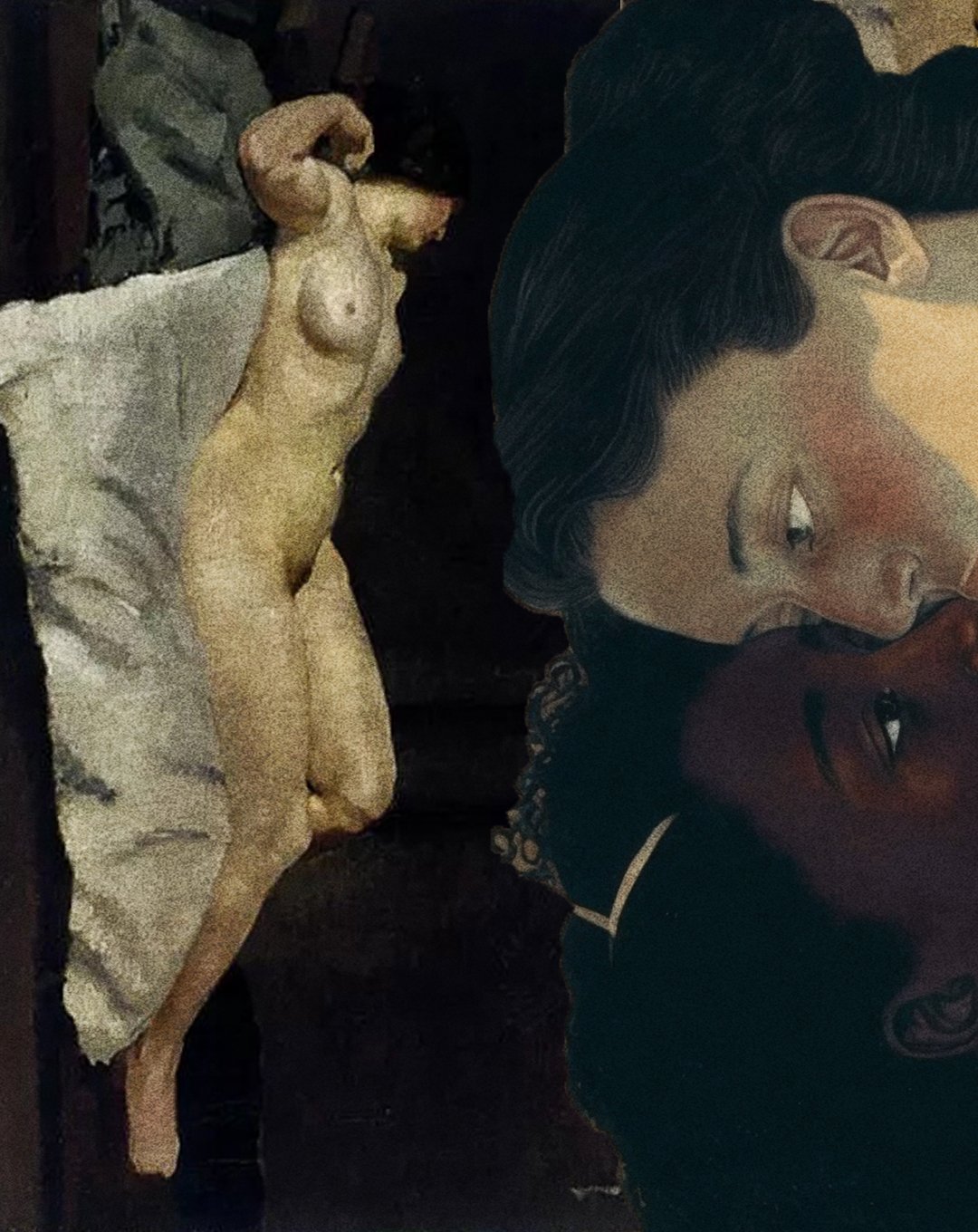Is It Possible To Make Queer AI Art?
What does it mean to be Queer? And what is Queer art? This is something that is ever changing and growing in my opinion, but the dictionary defines Queerness as “denoting or relating to a sexual or gender identity that does not correspond to established ideas of sexuality and gender, especially heterosexual norms.” My main take away from this, in terms of Queerness, is the uprising against ‘established ideas’. To be Queer is to be different, to be rebellious, to be against the norm. I believe queer art to be a reflection of this attitude.
I am a designer & queer artist and my media ranges from painting, to 3D software, to photography. When AI art started to enter the mainstream, I had a natural curiosity about using AI as a tool for making art. I approached Midjourney, an AI art tool much like the more well known DALL-E, with excitement - and a pinch of reluctance - in the hope of creating specifically queer art using the new tool.
I’ve read lots of articles hailing AI art as the end of creativity and a death knell for artists alike. When I first read about AI art and saw the impressive results, I do have to admit I was a bit worried about my work as a designer. I thought that if computers could make these impressive images in a matter of seconds, where does the worth lie in the craft and skill needed to create illustration or design?
As these feelings settled and I tried to be open minded, I considered this new tool as exactly that, a tool to be used and created with. When the camera was invented people rejected and scorned photography - it took decades for the practice to be considered an art form anywhere near the level of the likes of painting or sculpture.
___STEADY_PAYWALL___
Putting my scepticism aside, I set up my account and got to work. I played around typing in lines like “gay male cowboy kisses gay male alien” aiming to get some colourful results. After a couple more prompts I started to notice certain patterns. Firstly, all the cowboys and aliens were white. Their features, though some were obscured by cowboy hats and scales, were distinctly caucasian. I changed my prompt to include a specific race; “Black gay cowboy kisses white gay firefighter.” The results gave me more varied and satisfying results but it got me thinking about the inner working of this tool and the biases it held. In cis gay male culture there’s very much a male ideal that is white, thin, ripped, masculine (whatever that means), often hairless and handsome. Think Abercrombie and Fitch. When asked to create gay figures the AI definitely produces images of this nature. Masc for Masc circuit bros must be Midjourney’s type.
Pushing this further, I began to think about body shape: I tapped “Two fat gay men kiss in an Arizona canyon”. Again the results were delightful. Not perfect, as these fat gay men were all white, but a marked improvement. I know these tools are new and use stats to create the images, however it’s disheartening that I had to force the computer’s hand with every prompt to have some semblance of diversity.
I kept typing prompts to see how far I could push this machine and to see if I could get it to do as I wanted. My next prompt was “sexy gay man in valley of flowers”. I received an error. The word “sexy” wasn’t allowed. This error came with a stern warning that if I kept up this sordid behaviour I'd be banned. The official guideline is: “Don't use our tools to make images that could inflame, upset, or cause drama. That includes gore and adult content… Avoid nudity, sexual organs, fixation on naked breasts, people in showers or on toilets, sexual imagery, fetishes, etc.”
Ok, so no Peeping Tom behaviour but I thought ‘sexy’ was a bit of a stretch when a lot of the images I’d just conjured had come without shirts even without me asking.
Other words I found that were blocked were “dominatrix”, “orgy” and “kinky”. At this point I started to think back on all the kissing men I'd created and realised that they had their faces pushed together without any real passion. Some held each other tenderly, lovingly even, but none kissed with ‘I want to rip your clothes off’ passion.
This AI is a prude and these tendencies were impeding the hot hot Queer Art i’d come here to make.
Now, I’m aware that not all Queer art needs to be sexual in nature. However, as many Queer people were taught to feel shame about their sexuality for years, they seek to make art that celebrates that sexuality as a form of liberation. That’s certainly the case with a lot of my work.
Queer pioneers like Robert Mapplethorpe, Nan Goldin, Sunil Gupta, Isaac Julien, David Wojnarowitz, Leigh Bowery and Paz Errázuriz all created work that showed the diversity of queerness, in all its shapes and sizes, and pushed to challenge societal norms. Bob Mizer and his work with Physique Pictorial came at a time when it was illegal to be homosexual and in turn it was illegal to produce homosexual imagery. However clever Mr. Mizer found a clever loophole for this. He made some of the most homoerotic imagery you could imagine of men wrestling, dressed in sailor costumes and oiled up. Full frontal nudity wasn’t allowed so the models all wore the tiniest undies you can think of with the cutest little g-strings at the back. He worked within the restrictions and made the queerest images he could without being put in prison. The stakes for me were a lot lower but I was battling against a set of rules that were restricting the Queer art I was making.
I decided to go for one last route to try and trick this AIi into making some Queer delights. I wanted to see how it represented gender non conforming people, trans people, and moreover Queer politics. I typed in “Gender non conforming person” and waited with excitement as the image rendered. The result was a disappointing quartet of white twinks against a plain background. I understand that there isn’t a correct way to present as non-binary, but this is supposed to be a tool to create art - is this the best it could do? These images were generic, and apolitical in nature. They felt like the antithesis of Queerness.
I decided I’d gone far enough with my prompts. I saved the images I made as some were quite beautiful - mostly the ones I was super specific with in the prompts - and called it a day. I wanted to somehow elevate these images beyond their limited beginnings so I decided on a collage series that mixed some Queer art that I love, that to me truly embodies the meaning of Queerness, as you can see in this feature.
Words and Collages: Bobby Redmond
Image credits: Robert Mapplethorpe, Nan Goldin, Bob Mizer, Tom of Finland, Ren Hang, Claude Cahun, Pierre et Gilles, Zanele Muholi, Leigh Bowery, Wolfgang Tillmans, Derek Jarman, Jonathan Lyndon Chase, Seiji Kurata, Dora Carrington, Jenna Gribbon, Burnece Mulenga & Jessica Tanzer.




